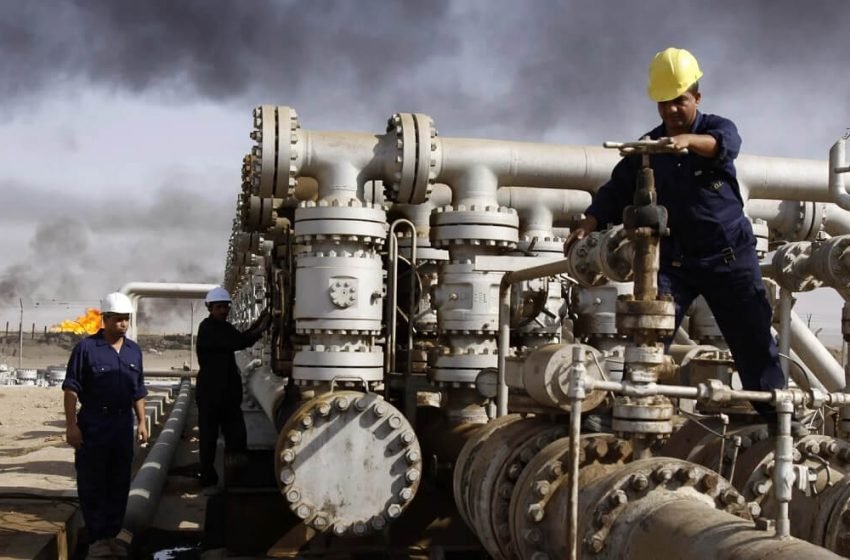Iraq generated more than $48 billion in oil revenues during the first nine months of 2025, according to data released by the State Oil Marketing Organization (SOMO). The report highlights strong export performance despite global price fluctuations and OPEC production limits.
Between January and September, Iraq exported 918 million barrels of crude oil, averaging about 102 million barrels per month. Exports from southern and central oil fields through Basra ports accounted for 900.5 million barrels, while shipments from Kirkuk’s Qayyarah field reached 7.09 million barrels. Additionally, 1.86 million barrels were delivered to Jordan before exports were suspended in July.
Oil revenues between March and September totaled in Iraq generated $48.8 billion, reflecting steady performance even under reduced output. Oil Minister Hayan Abdulghani stated that Iraq aims to revise its OPEC production quota to match its actual capacity of 5.5 million barrels per day, noting that current exports average 3.6 million barrels daily. He also confirmed that the recent fire at the Zubair oil field in southern Iraq did not affect production.
Exports from the Kurdistan Region have stabilized at around 195,000 barrels per day, occasionally surpassing 200,000. Meanwhile, crude shipments from Kirkuk to Turkey’s Ceyhan port resumed in late September after a two-and-a-half-year suspension. Initial flows restarted earlier this month, marking a key milestone for Iraq’s northern export routes.
This resumption aligns with Saudi Arabia’s decision to extend its own production cuts to balance OPEC’s overall supply. As OPEC’s second-largest producer after Saudi Arabia, Iraq depends on oil for over 90% of its state revenue. Most exports move through southern terminals on the Arabian Gulf, serving major Asian markets, while smaller volumes come from northern and Kurdish fields.


